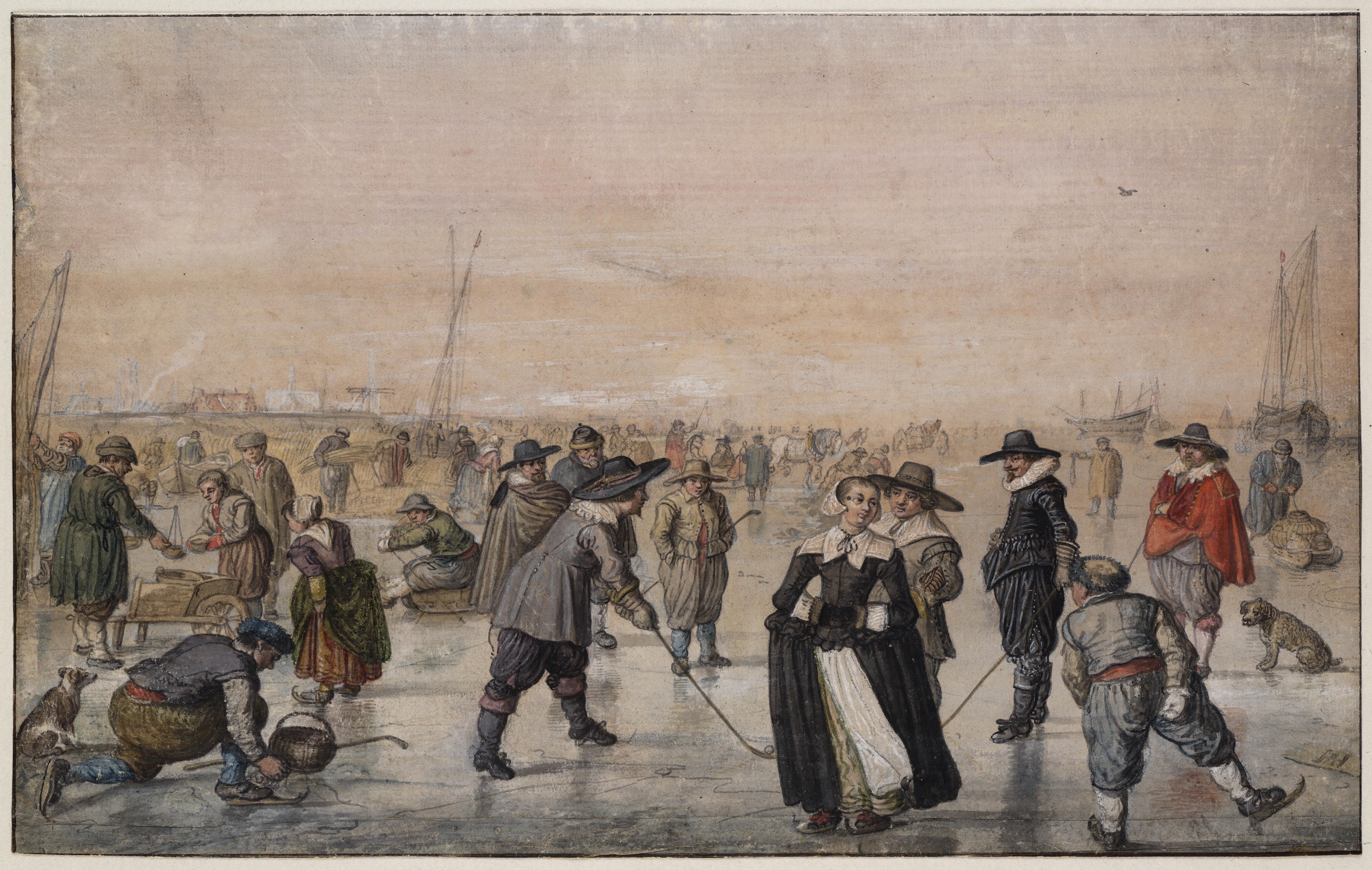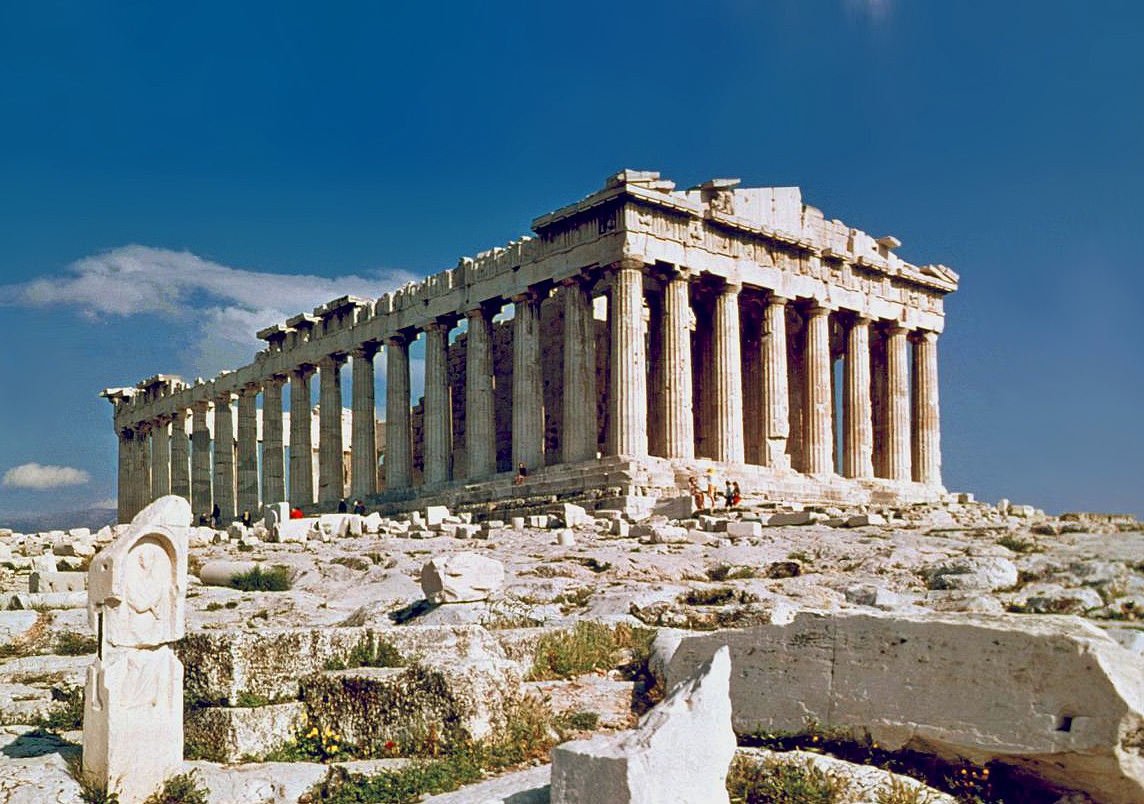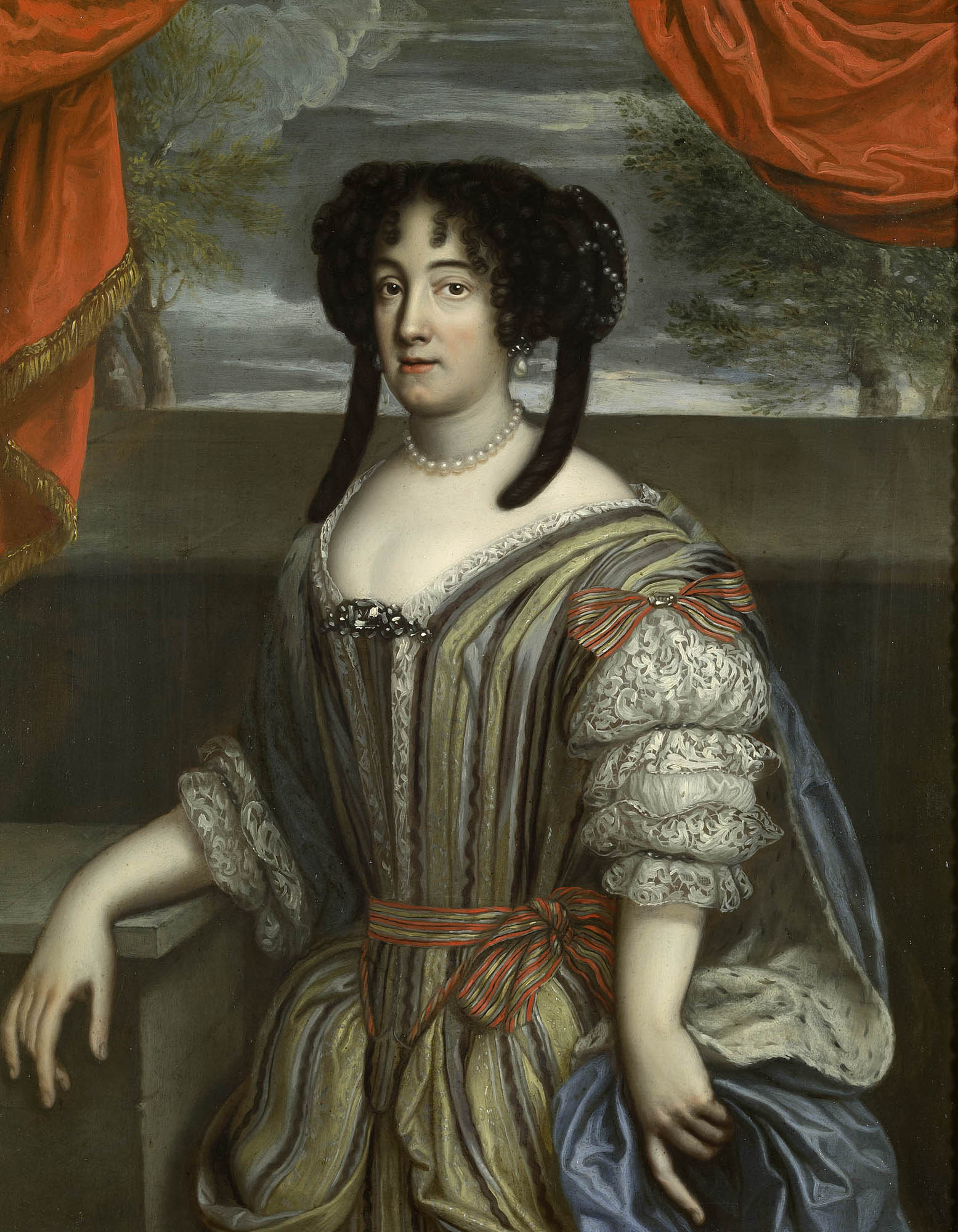|
Laura Martinozzi
Laura Martinozzi (27 May 1639 – 19 July 1687) was a Duchess consort of Modena by marriage to Alfonso IV d'Este, Duke of Modena. She served as regent of Modena during the minority of her son Francesco from 1662 until 1674. Biography Early life Laura was born in Fano to Cardinal Mazarin's eldest sister, also named Laura, and her husband Count Girolamo Martinozzi da Fano, a Roman noble of an ancient family. She was one of the Mazarinettes: the seven nieces of the Cardinal, that he brought to France in order to arrange for them rich and politically advantageous marriages, including Hortense and Olympia Mancini. For two years Laura lived in France under the guardianship of her uncle and "''quasi'' stepmother", Anne of Austria. Duchess of Modena On her sixteenth birthday, 27 May 1655, she was married to the Duke of Modena, Alfonso IV d'Este. The wedding by proxy occurred at the Palace of Compiègne with the Count of Soissons acting as the Duke of Modena. They had three childre ... [...More Info...] [...Related Items...] OR: [Wikipedia] [Google] [Baidu] |
List Of Modenan Consorts
Lady of Modena House of Este, 1288–1452 Duchess of Modena House of Este, 1452–1796 House of Austria-Este, 1814–1859 Nominal Duchess of Modena House of Este, 1796–1806 House of Austria-Este, 1806–1814 House of Austria-Este, since 1859 Notes References * * {{Ducal consorts of Modena Duchesses of Modena, House of Este Austria-Este Lists of duchesses, Modenese, consorts ... [...More Info...] [...Related Items...] OR: [Wikipedia] [Google] [Baidu] |
Palace Of Compiègne
A palace is a grand residence, especially a royal residence, or the home of a head of state or some other high-ranking dignitary, such as a bishop or archbishop. The word is derived from the Latin name palātium, for Palatine Hill in Rome which housed the Imperial residences. Most European languages have a version of the term (''palais'', ''palazzo'', ''palacio'', etc.), and many use it for a wider range of buildings than English. In many parts of Europe, the equivalent term is also applied to large private houses in cities, especially of the aristocracy; often the term for a large country house is different. Many historic palaces are now put to other uses such as parliaments, museums, hotels, or office buildings. The word is also sometimes used to describe a lavishly ornate building used for public entertainment or exhibitions such as a movie palace. A palace is distinguished from a castle while the latter clearly is fortified or has the style of a fortification, whereas a ... [...More Info...] [...Related Items...] OR: [Wikipedia] [Google] [Baidu] |
17th-century Italian Women
The 17th century lasted from January 1, 1601 ( MDCI), to December 31, 1700 ( MDCC). It falls into the early modern period of Europe and in that continent (whose impact on the world was increasing) was characterized by the Baroque cultural movement, the latter part of the Spanish Golden Age, the Dutch Golden Age, the French '' Grand Siècle'' dominated by Louis XIV, the Scientific Revolution, the world's first public company and megacorporation known as the Dutch East India Company, and according to some historians, the General Crisis. From the mid-17th century, European politics were increasingly dominated by the Kingdom of France of Louis XIV, where royal power was solidified domestically in the civil war of the Fronde. The semi-feudal territorial French nobility was weakened and subjugated to the power of an absolute monarchy through the reinvention of the Palace of Versailles from a hunting lodge to a gilded prison, in which a greatly expanded royal court could be more easil ... [...More Info...] [...Related Items...] OR: [Wikipedia] [Google] [Baidu] |
17th-century Italian Nobility
The 17th century lasted from January 1, 1601 ( MDCI), to December 31, 1700 ( MDCC). It falls into the early modern period of Europe and in that continent (whose impact on the world was increasing) was characterized by the Baroque cultural movement, the latter part of the Spanish Golden Age, the Dutch Golden Age, the French ''Grand Siècle'' dominated by Louis XIV, the Scientific Revolution, the world's first public company and megacorporation known as the Dutch East India Company, and according to some historians, the General Crisis. From the mid-17th century, European politics were increasingly dominated by the Kingdom of France of Louis XIV, where royal power was solidified domestically in the civil war of the Fronde. The semi-feudal territorial French nobility was weakened and subjugated to the power of an absolute monarchy through the reinvention of the Palace of Versailles from a hunting lodge to a gilded prison, in which a greatly expanded royal court could be more easily k ... [...More Info...] [...Related Items...] OR: [Wikipedia] [Google] [Baidu] |
Duchesses Of Reggio
Duke is a male title either of a monarch ruling over a duchy, or of a member of royalty, or nobility. As rulers, dukes are ranked below emperors, kings, grand princes, grand dukes, and sovereign princes. As royalty or nobility, they are ranked below princess nobility and grand dukes. The title comes from French ''duc'', itself from the Latin '' dux'', 'leader', a term used in republican Rome to refer to a military commander without an official rank (particularly one of Germanic or Celtic origin), and later coming to mean the leading military commander of a province. In most countries, the word ''duchess'' is the female equivalent. Following the reforms of the emperor Diocletian (which separated the civilian and military administrations of the Roman provinces), a ''dux'' became the military commander in each province. The title ''dux'', Hellenised to ''doux'', survived in the Eastern Roman Empire where it continued in several contexts, signifying a rank equivalent to a cap ... [...More Info...] [...Related Items...] OR: [Wikipedia] [Google] [Baidu] |
House Of Este
The House of Este ( , , ) is a European dynasty of North Italian origin whose members ruled parts of Italy and Germany for many centuries. The original House of Este's elder branch, which is known as the House of Welf, included dukes of Bavaria and of Brunswick. This branch produced Britain's Hanoverian monarchs, as well as one Emperor of Russia ( Ivan VI) and one Holy Roman Emperor ( Otto IV). The original House of Este's younger branch, which is simply called the House of Este, included rulers of Ferrara (1240–1597), and of Modena (–1859) and Reggio (1288–1796). This branch's male line became extinct with the death of Ercole III in 1803. Origins According to Edward Gibbon, the family originated from the Roman Attii family, which migrated from Rome to EsteThe miscellaneous Works of Edward Gibbon Vol 3 page 172 to defend Italy against the Ostrogoths. However, there is little evidence to support this hypothesis. The names of the early members of the family indicat ... [...More Info...] [...Related Items...] OR: [Wikipedia] [Google] [Baidu] |
People From Fano
A person ( : people) is a being that has certain capacities or attributes such as reason, morality, consciousness or self-consciousness, and being a part of a culturally established form of social relations such as kinship, ownership of property, or legal responsibility. The defining features of personhood and, consequently, what makes a person count as a person, differ widely among cultures and contexts. In addition to the question of personhood, of what makes a being count as a person to begin with, there are further questions about personal identity and self: both about what makes any particular person that particular person instead of another, and about what makes a person at one time the same person as they were or will be at another time despite any intervening changes. The plural form "people" is often used to refer to an entire nation or ethnic group (as in "a people"), and this was the original meaning of the word; it subsequently acquired its use as a plural form of p ... [...More Info...] [...Related Items...] OR: [Wikipedia] [Google] [Baidu] |
1687 Deaths
Events January–March * January 3 – With the end of latest of the Savoyard–Waldensian wars in the Duchy of Savoy between the Savoyard government and Protestant Italians known as the Waldensians, Victor Amadeus III, Duke of Savoy, carries out the release of 3,847 surviving prisoners and their families, who had forcibly been converted to Catholicism, and permits the group to emigrate to Switzerland. * January 8 – Richard Talbot, 1st Earl of Tyrconnell, is appointed as the last Lord Deputy of Ireland by the English crown, and begins efforts to include more Roman Catholic Irishmen in the administration. Upon the removal of King James II in England and Scotland, the Earl of Tyrconnell loses his job and is replaced by James, who reigns briefly as King of Ireland until William III establishes his rule over the isle. * January 27 – In one of the most sensational cases in England in the 17th century, midwife Mary Hobry murders her abusive husband, Deni ... [...More Info...] [...Related Items...] OR: [Wikipedia] [Google] [Baidu] |
1639 Births
Events January–March * January 14 – Connecticut's first constitution, the Fundamental Orders, is adopted. * January 19 – Hämeenlinna ( sv, Tavastehus) is granted privileges, after it separates from the Vanaja parish, as its own city in Tavastia. *c. January – The first printing press in British North America is started in Cambridge, Massachusetts, by Stephen Daye. * February 18 – In the course of the Eighty Years' War, a sea battle is fought in the English Channel off of the coast of Dunkirk between the navies of the United Provinces of the Netherlands, with 12 warships, and Spain, with 12 galleons and eight other ships. The Spanish are forced to flee after three of their ships are lost and 1,600 Spaniards killed or injured, while the Dutch sustain 1,700 casualties without the loss of a ship. * March 3 – The early settlement of Taunton, Massachusetts, is incorporated as a town. * March 13 – Harvard University is named for ... [...More Info...] [...Related Items...] OR: [Wikipedia] [Google] [Baidu] |
Pietro Mazzarini
Cardinal Jules Mazarin (, also , , ; 14 July 1602 – 9 March 1661), born Giulio Raimondo Mazzarino () or Mazarini, was an Italian cardinal, diplomat and politician who served as the chief minister to the Kings of France Louis XIII and Louis XIV from 1642 to his death. In 1654, he acquired the title Duke of Mayenne and in 1659 that of 1st Duke of Rethel and Nevers. After serving as a papal diplomat for Pope Urban VIII, Mazarin offered his diplomatic services to Cardinal Richelieu and moved to Paris in 1640. After the death of Richelieu in 1642, Mazarin took his place as first minister and then of Louis XIII in 1643. Mazarin acted as the head of the government for Anne of Austria, the regent for the young Louis XIV. Mazarin was also made responsible for the king's education until he came of age. The first years of Mazarin in office were marked by military victories in the Thirty Years' War, which he used to make France the main European power and establish the Peace of Westphali ... [...More Info...] [...Related Items...] OR: [Wikipedia] [Google] [Baidu] |
Margherita Maria Farnese
Margherita Maria Farnese (24 November 1664 – 17 June 1718) was an Italian noblewoman born into the House of Farnese. She was the Duchess of Modena and Reggio by marriage to her first cousin Francesco II d'Este, Duke of Modena. Her niece was Elisabeth Farnese, wife of Philip V of Spain. Biography Margherita Maria was the eldest child of Ranuccio II Farnese, Duke of Parma and his second wife Isabella d'Este. Her mother died in childbirth in 1666 after giving birth to Odoardo, Hereditary Prince of Parma (father of the famous Elisabeth Farnese, Queen of Spain). Her father Ranuccio had previously been married to Margaret Yolande of Savoy but the marriage produced no surviving issue; as such, Margherita Maria was the first of Ranuccio's children to survive infancy. Her younger half brothers Francesco Farnese and Antonio Farnese were successively the rulers of Parma. When the latter died, the House of Farnese became extinct. Her father married her aunt Maria d'Este with wh ... [...More Info...] [...Related Items...] OR: [Wikipedia] [Google] [Baidu] |




_1938.jpg)


